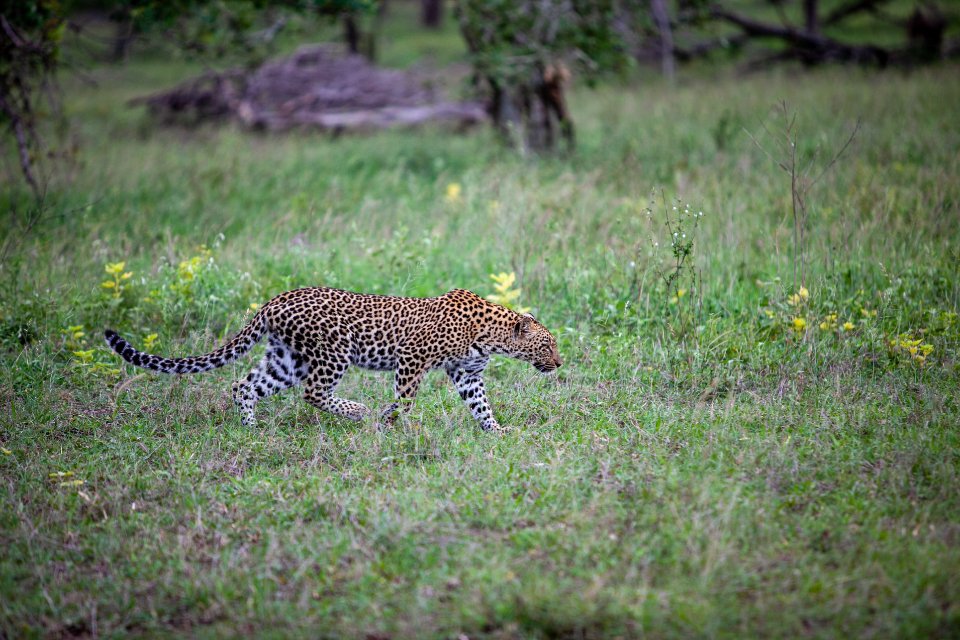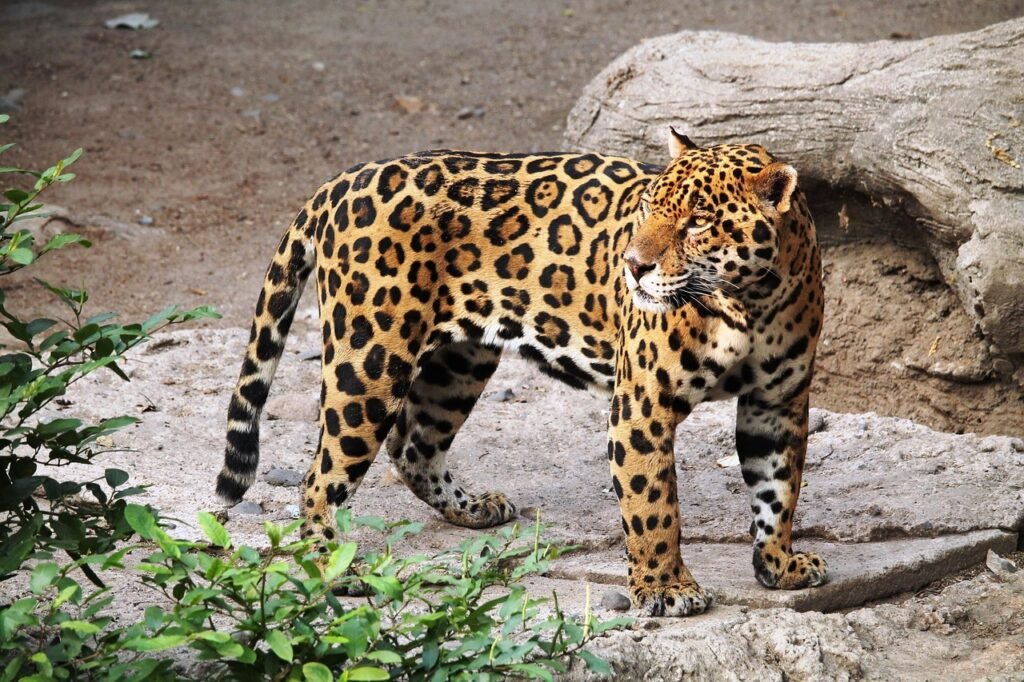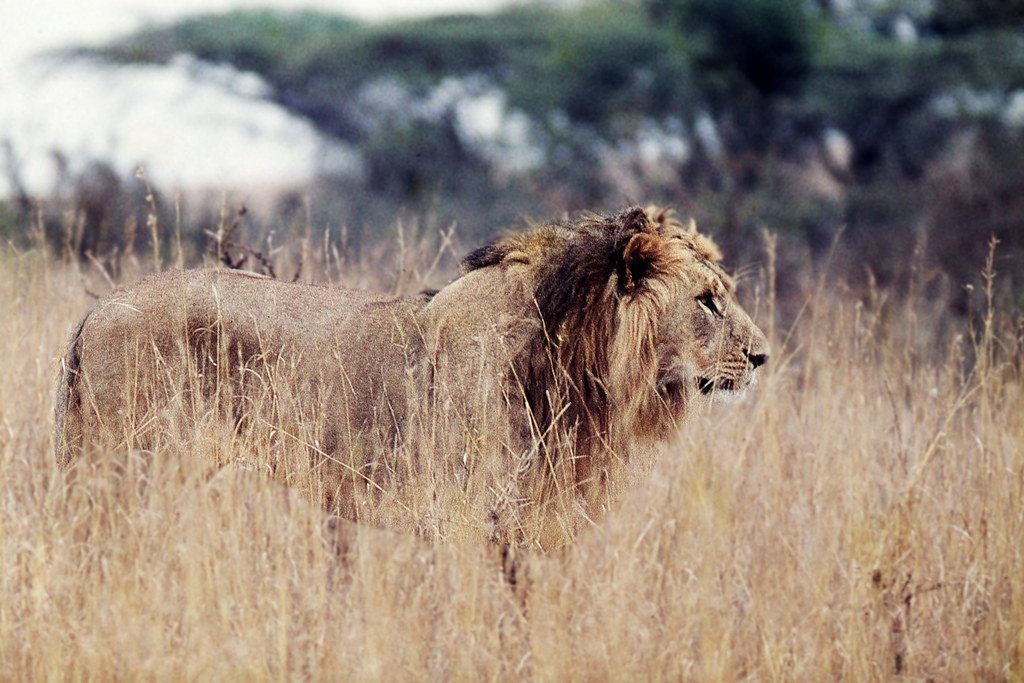Picture this: while our ancestors were busy figuring out how to make fire and hunt mammoths, they weren’t alone on this planet. Asia was actually buzzing with different types of humans – our long-lost cousins who had their own stories, their own struggles, and their own incredible journeys. These weren’t just random evolutionary experiments that failed. They were sophisticated beings who survived ice ages, developed tools, and even interbred with our direct ancestors. Yet most people have never heard of them.
The Mysterious Denisovans: Ghosts in Our DNA
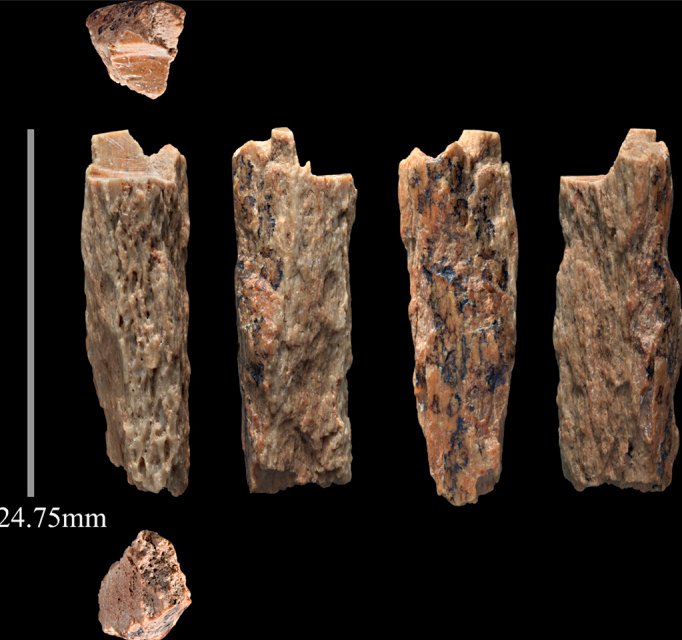
In 2010, scientists found a tiny finger bone in a Siberian cave that changed everything we thought we knew about human evolution. This wasn’t from a Neanderthal or a modern human – it belonged to an entirely unknown species called Denisovans. The crazy part? We barely have any fossils of them, yet their DNA lives on in millions of people today, especially in Southeast Asia and Oceania. Think of it like finding a ghost that left its fingerprints all over your house. These mysterious cousins managed to survive in the harsh landscapes of Asia for hundreds of thousands of years, adapting to everything from frozen tundra to tropical forests.
Homo erectus: The Great Asian Explorer
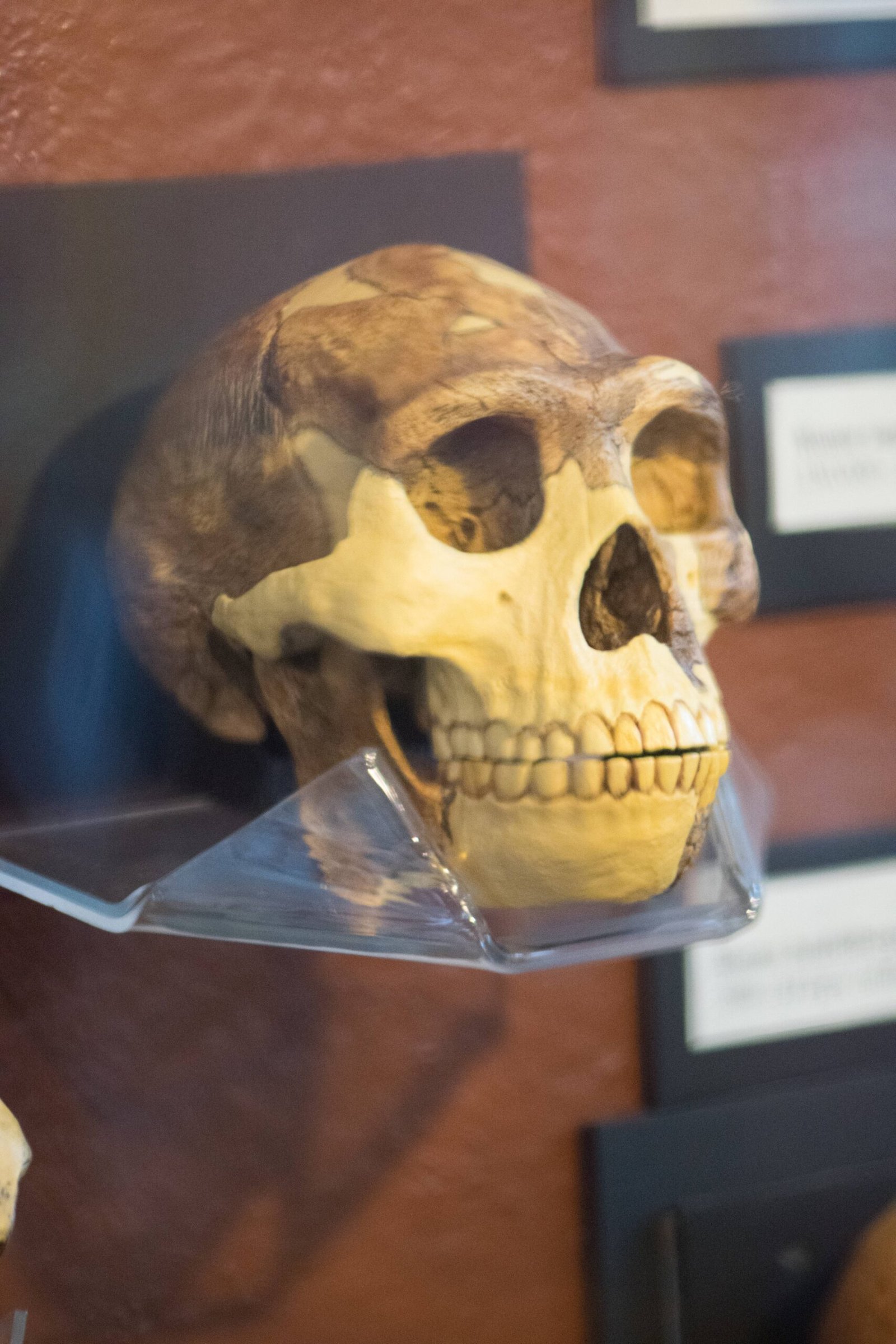
Long before Columbus or Magellan, there was Homo erectus – the first human species to really pack up and explore the world. These guys were like the ultimate backpackers, leaving Africa nearly 2 million years ago and spreading across Asia like wildfire. They were the first to use fire regularly, cook their food, and build proper shelters. Imagine being so adventurous that you decide to walk from Africa to Java – that’s exactly what they did. Their fossils have been found everywhere from Georgia to Indonesia, proving they were incredibly successful at adapting to new environments.
The Hobbit People of Indonesia

In 2003, archaeologists on the Indonesian island of Flores discovered something that sounded like it came straight out of a fantasy novel – tiny humans standing just over three feet tall. Homo floresiensis, nicknamed “the Hobbits,” lived on this isolated island until about 50,000 years ago. Despite their small stature, they were clever enough to make stone tools and hunt giant rats and miniature elephants. Their discovery was so shocking that some scientists initially thought they were just diseased modern humans. But evidence kept piling up that these were indeed a separate species, perfectly adapted to island life where being small was actually an advantage.
Neanderthals: Not Just European Cave Dwellers
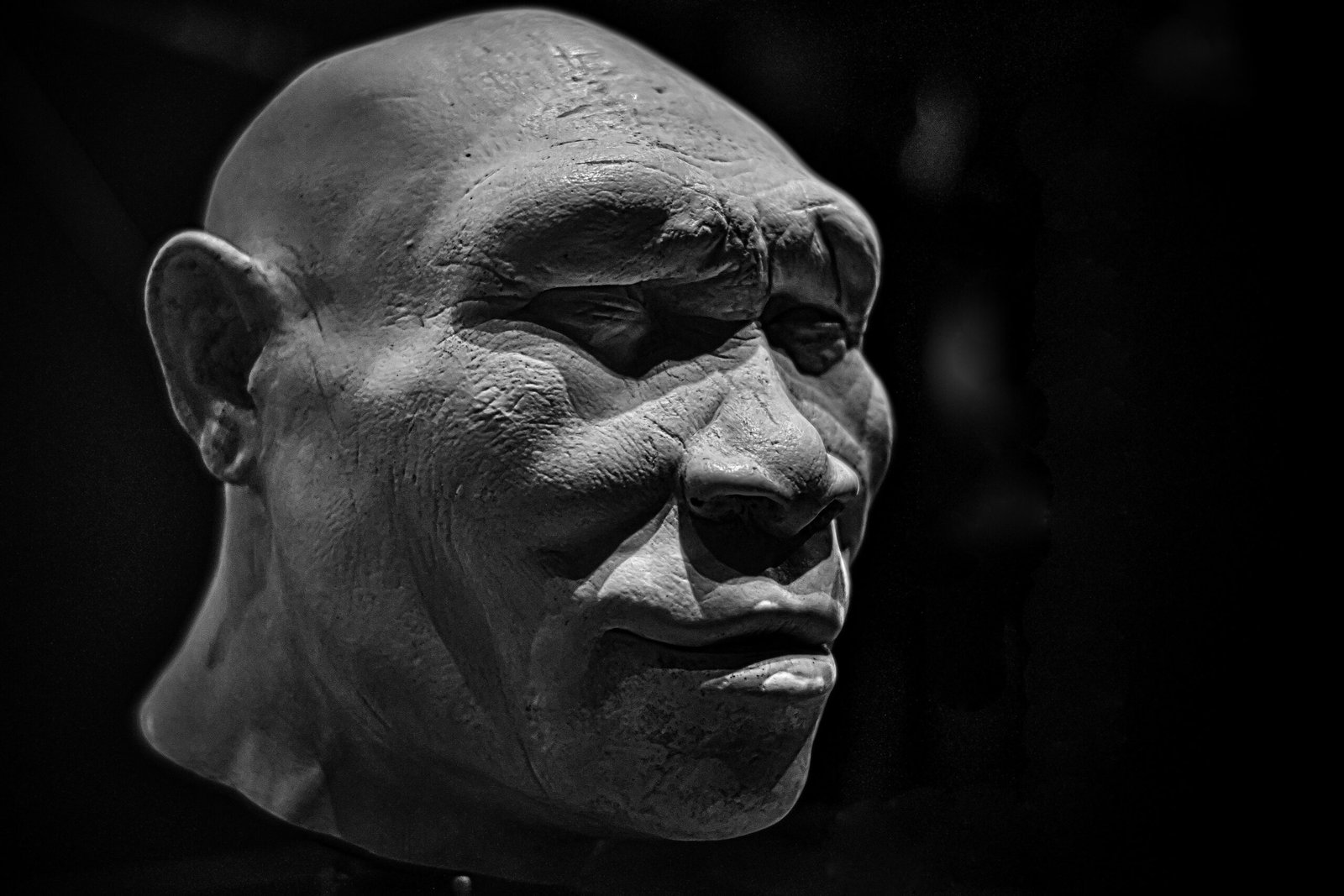
Most people think Neanderthals only lived in Europe, but that’s not the whole story. These stocky, powerful humans actually spread across a huge chunk of Asia too, from the Middle East all the way to Siberia. They were incredibly tough, surviving multiple ice ages and developing sophisticated hunting techniques. Recent discoveries in places like Uzbekistan and the Altai Mountains show that Asian Neanderthals were just as innovative as their European cousins. They made jewelry, buried their dead with flowers, and even created art – behaviors that show they were far from the grunting cavemen stereotype.
The Altai Mountains: A Melting Pot of Ancient Humans
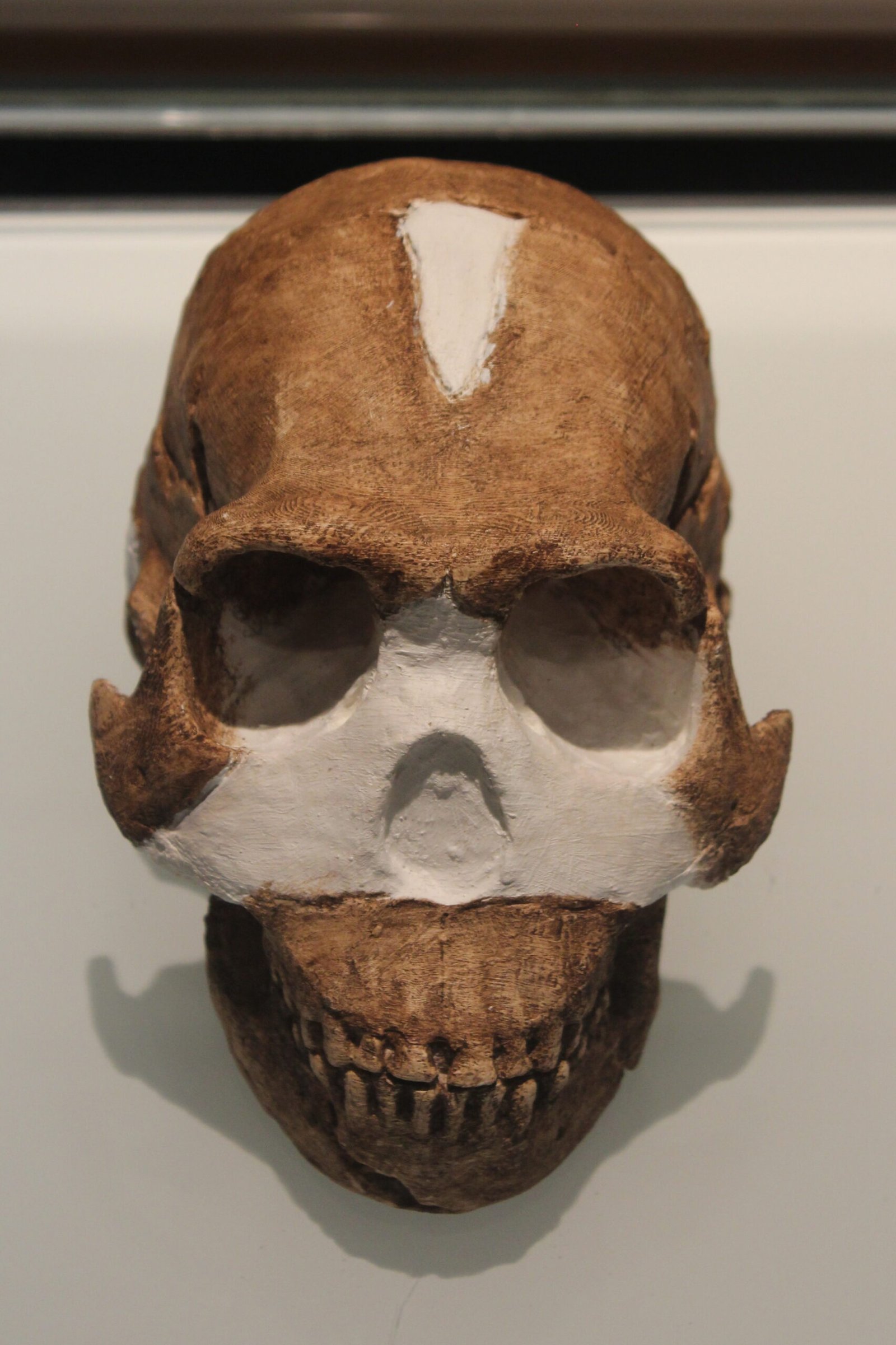
The Altai Mountains in Siberia were like Grand Central Station for ancient humans. This rugged landscape was home to at least three different human species at the same time – Neanderthals, Denisovans, and early modern humans. It’s mind-blowing to think that these different groups might have bumped into each other, traded tools, or even shared stories around campfires. DNA evidence shows they definitely did more than just wave hello – they interbred, creating hybrid offspring that carried genes from multiple species. The Altai region gives us a rare glimpse into what life was like when Earth was shared by multiple human species.
Homo luzonensis: The Philippines Surprise
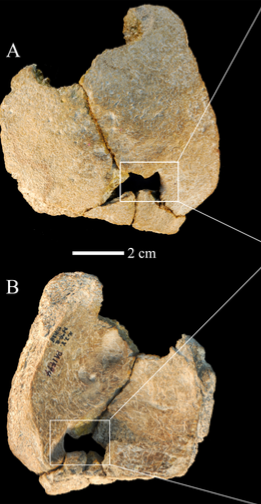
Just when scientists thought they had mapped out most of human evolution, along came Homo luzonensis from the Philippines. Discovered in 2019, this species lived on the island of Luzon at least 50,000 years ago. What makes them special isn’t just their age – it’s the fact that they somehow got to an island that was never connected to mainland Asia. This means they had to cross significant stretches of open water, suggesting they were either excellent swimmers or had some form of boat technology. Their teeth and bones are a weird mix of primitive and advanced features, like evolution was experimenting with different combinations.
The Red Deer Cave People: China’s Mysterious Late Survivors
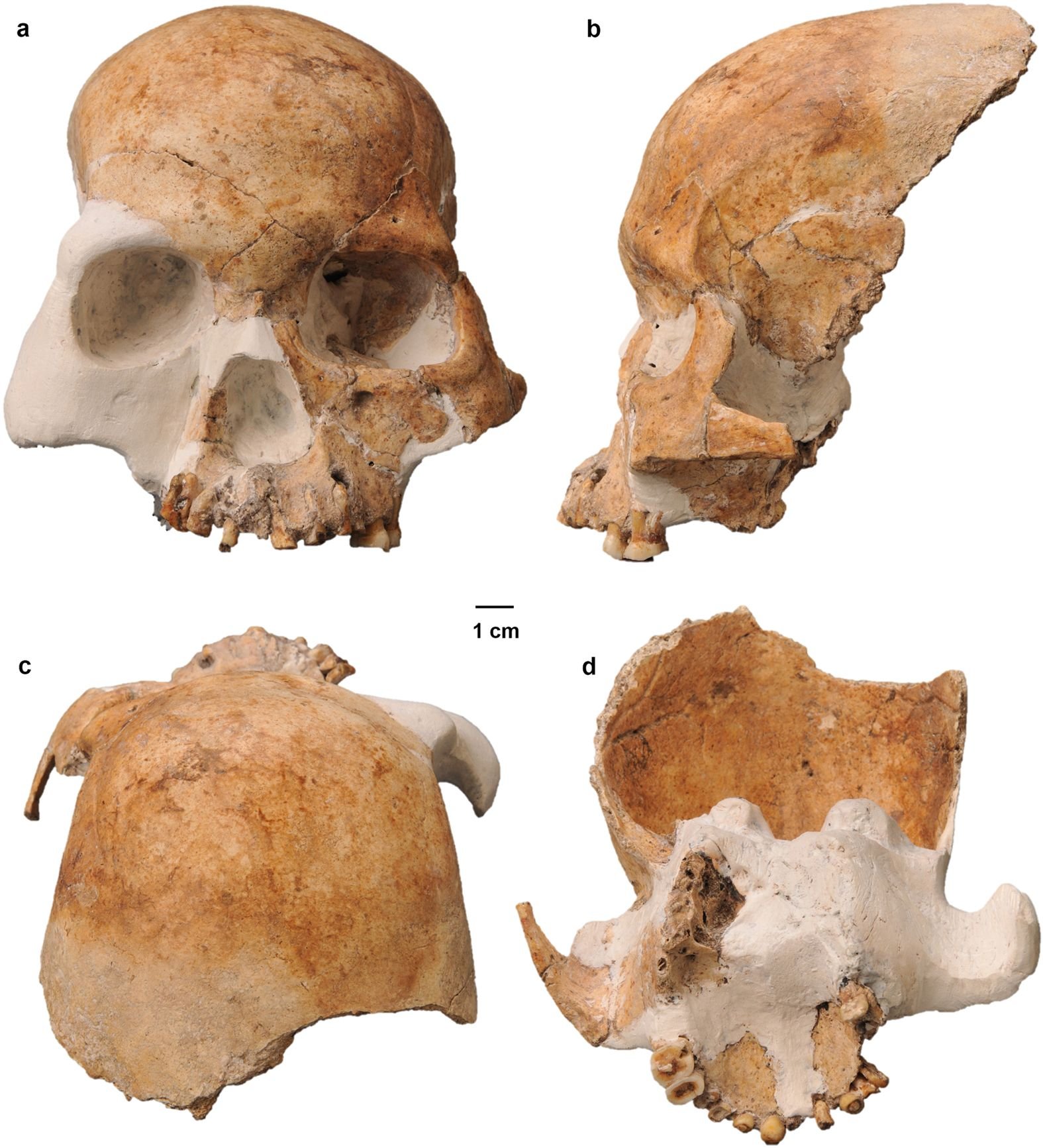
In southern China, archaeologists found fossils of people who lived just 14,000 years ago but looked nothing like modern humans. The Red Deer Cave people had thick skulls, prominent brow ridges, and unusual teeth – features that seemed way too ancient for such a recent time period. They were like living fossils, representing either an incredibly isolated population of archaic humans or possibly a separate species altogether. Their survival until such recent times suggests that human evolution in Asia was far more complex and diverse than we ever imagined.
Island Hopping: How Humans Reached Remote Asian Islands
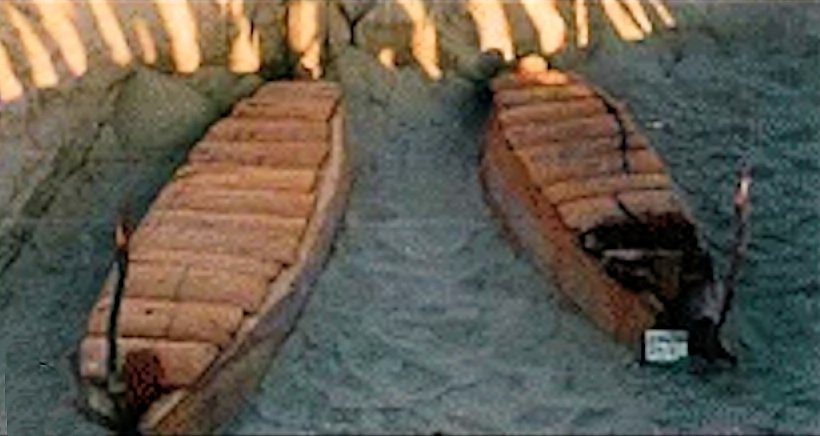
One of the most impressive achievements of our ancient Asian cousins was their ability to reach remote islands. Long before modern navigation, species like Homo erectus made it to Java, while Homo floresiensis colonized Flores. These journeys required crossing dangerous waters with primitive rafts or boats, showing remarkable courage and ingenuity. The fact that they not only survived these treacherous voyages but thrived on isolated islands speaks to their incredible adaptability. Each island became like a natural laboratory where evolution could experiment with different human forms.
Tool Technology: Asian Innovations That Changed Everything
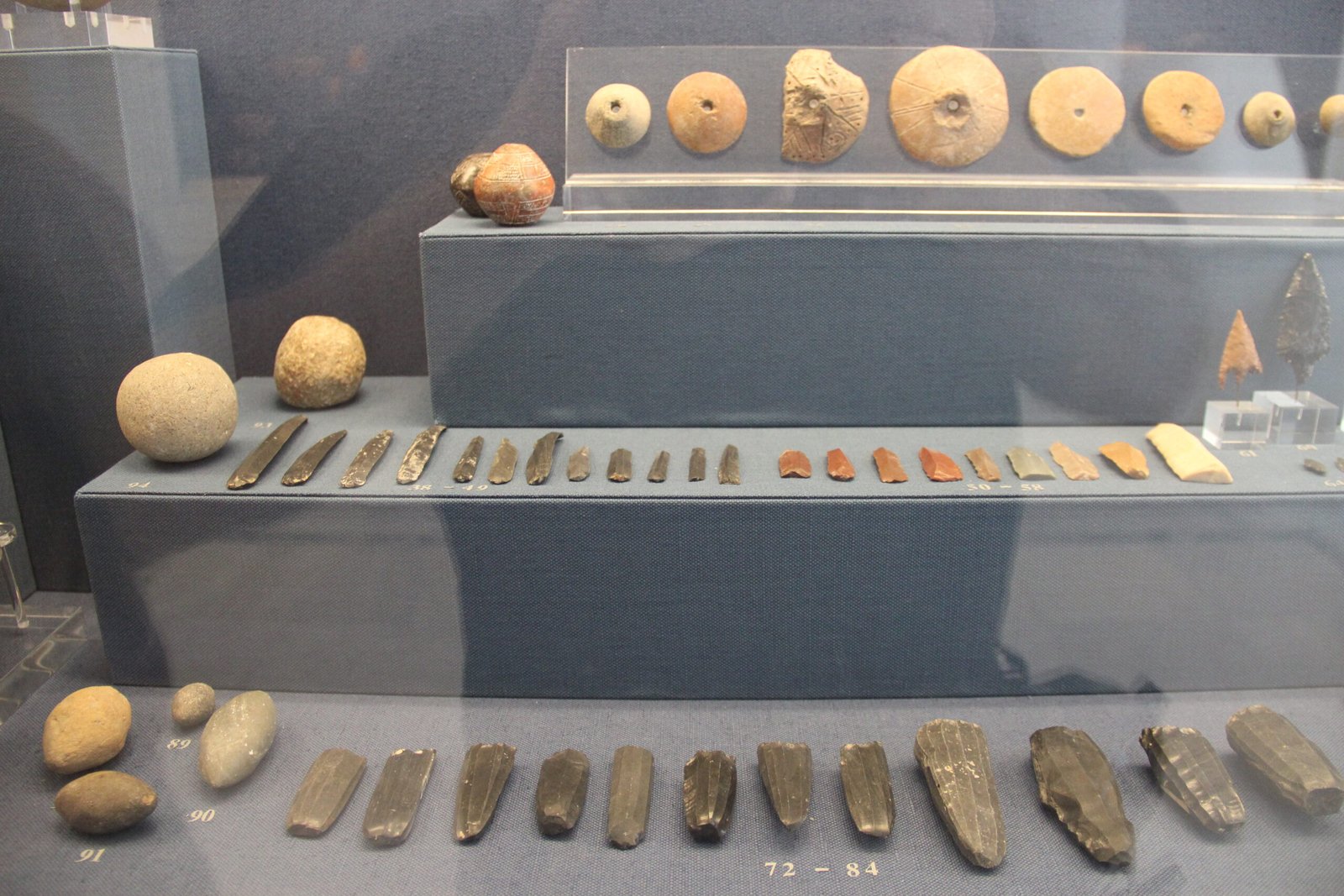
Asian human species weren’t just copying what was happening in Africa – they were innovating on their own. Homo erectus developed the first standardized hand axes, while later species created sophisticated spear points and scrapers. In places like China and Indonesia, archaeologists have found evidence of bamboo tools that were probably much more common than stone ones but rarely survived in the archaeological record. These innovations show that Asian humans were constantly adapting their technology to local materials and environments. Some of these tools were so effective that their designs remained unchanged for hundreds of thousands of years.
Climate Survivors: Adapting to Ice Ages and Monsoons
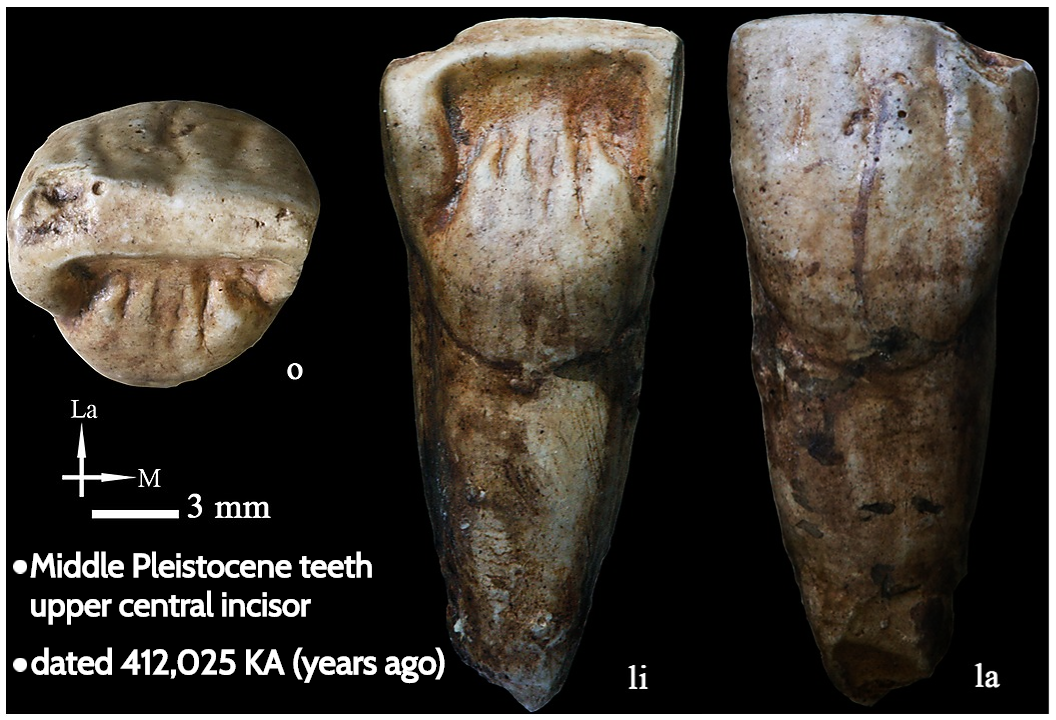
Asia’s ancient humans faced some of the most extreme climate challenges on Earth. They survived multiple ice ages, massive volcanic eruptions, and dramatic changes in sea level. During glacial periods, much of northern Asia was covered in ice, forcing human populations to migrate south or develop new survival strategies. Monsoon patterns changed dramatically over time, turning lush forests into deserts and back again. The fact that these species survived such dramatic environmental changes shows they were incredibly resilient and adaptable. Their success in these harsh conditions helped shape the genetic diversity we see in modern Asian populations.
The Mixing Bowl: Interbreeding Between Species
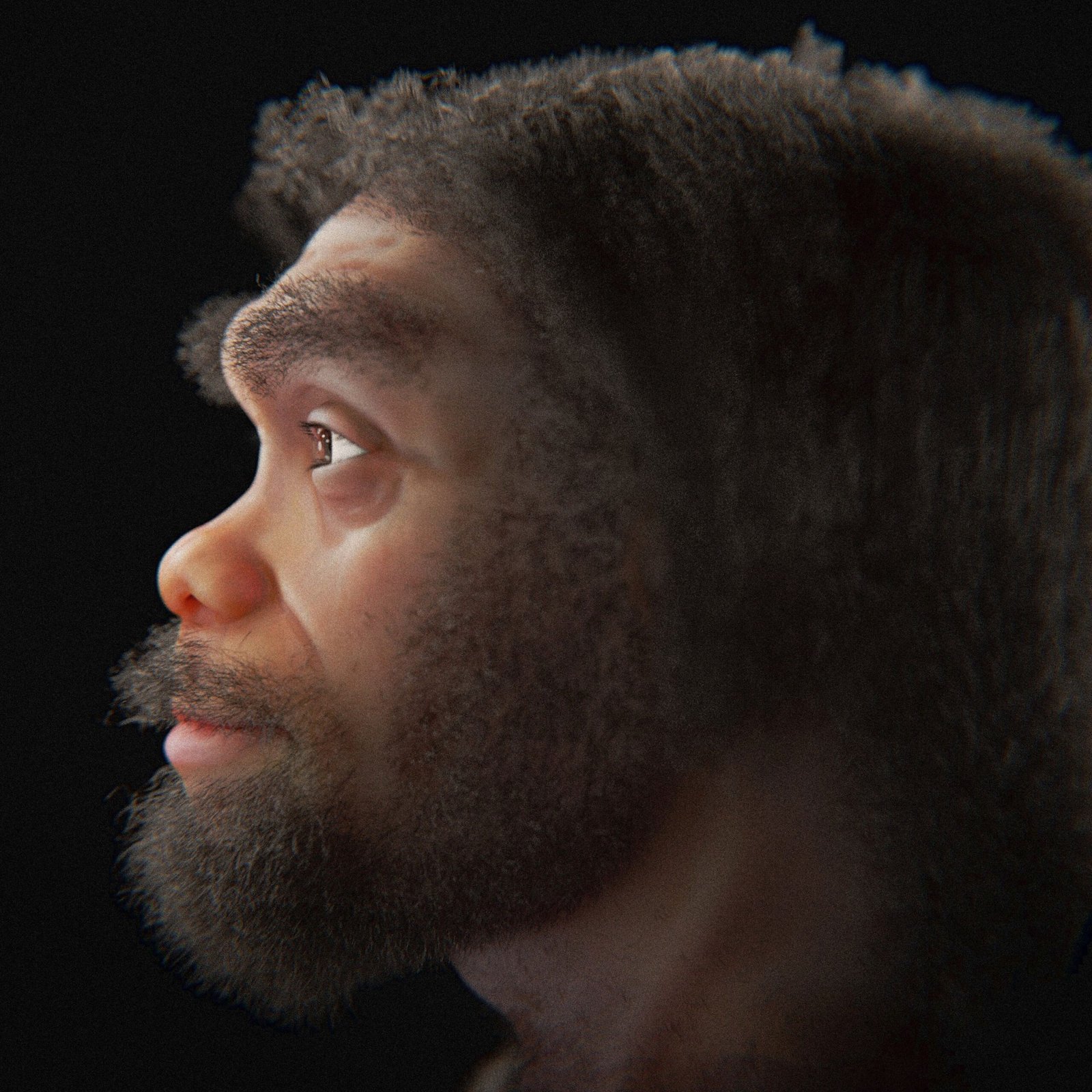
One of the most surprising discoveries in recent years is just how much interbreeding occurred between different human species in Asia. Modern DNA studies show that people from Papua New Guinea carry up to 6% Denisovan DNA, while many Asians have traces of Neanderthal ancestry. This mixing wasn’t rare – it happened regularly whenever different human groups encountered each other. Think of it like a giant genetic mixing bowl where each species contributed their own special ingredients. This interbreeding actually gave modern humans advantages, like better immune systems and adaptations to high altitude living.
Art and Culture: The Creative Side of Ancient Asians
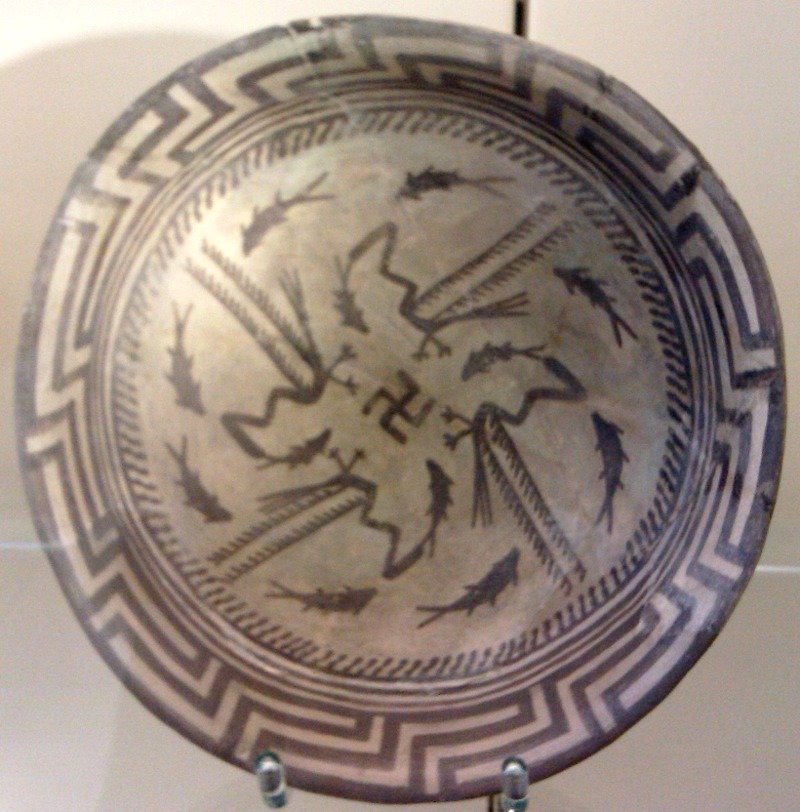
These ancient Asian humans weren’t just focused on survival – they had rich cultural lives too. Cave paintings in Indonesia date back over 40,000 years, showing sophisticated artistic traditions. Neanderthals in the Altai Mountains created jewelry from eagle talons and colored their bodies with pigments. Even the mysterious Denisovans left behind pierced shells and carved ornaments. These cultural achievements show that creativity and symbolic thinking weren’t unique to modern humans. Our ancient cousins were decorating themselves, telling stories, and expressing their humanity in ways that still resonate today.
Mysterious Disappearances: Why Did They Vanish?
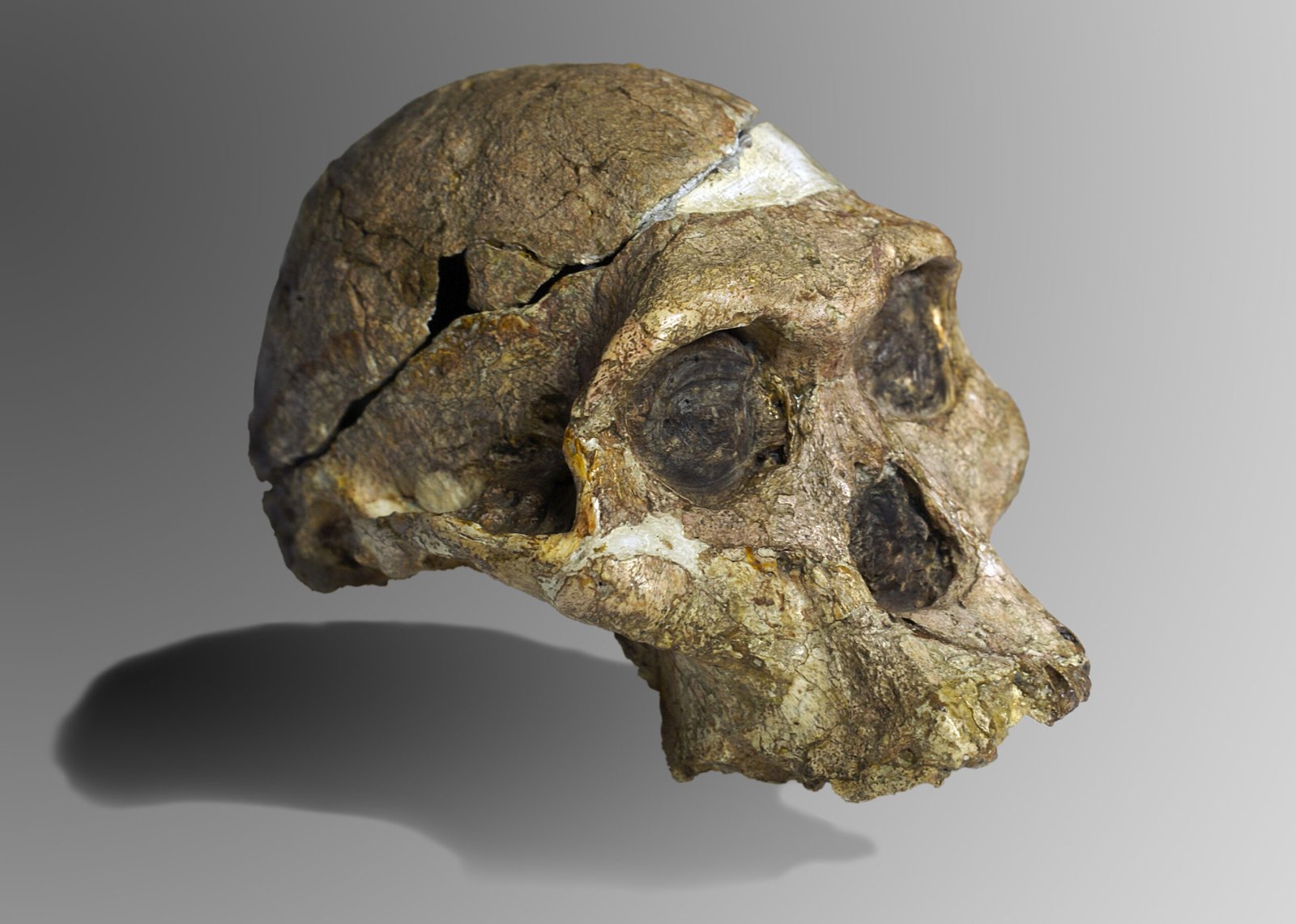
The big question that haunts scientists is why all these diverse human species disappeared, leaving only Homo sapiens behind. Climate change played a role – massive volcanic eruptions and ice ages created harsh conditions that smaller populations couldn’t survive. Competition with modern humans was probably another factor, as our ancestors spread across Asia with better tools and social organization. Some species may have been absorbed through interbreeding rather than going extinct. The reality is probably a combination of all these factors, creating a perfect storm that ended the age of multiple human species.
DNA Detective Work: Solving Ancient Mysteries
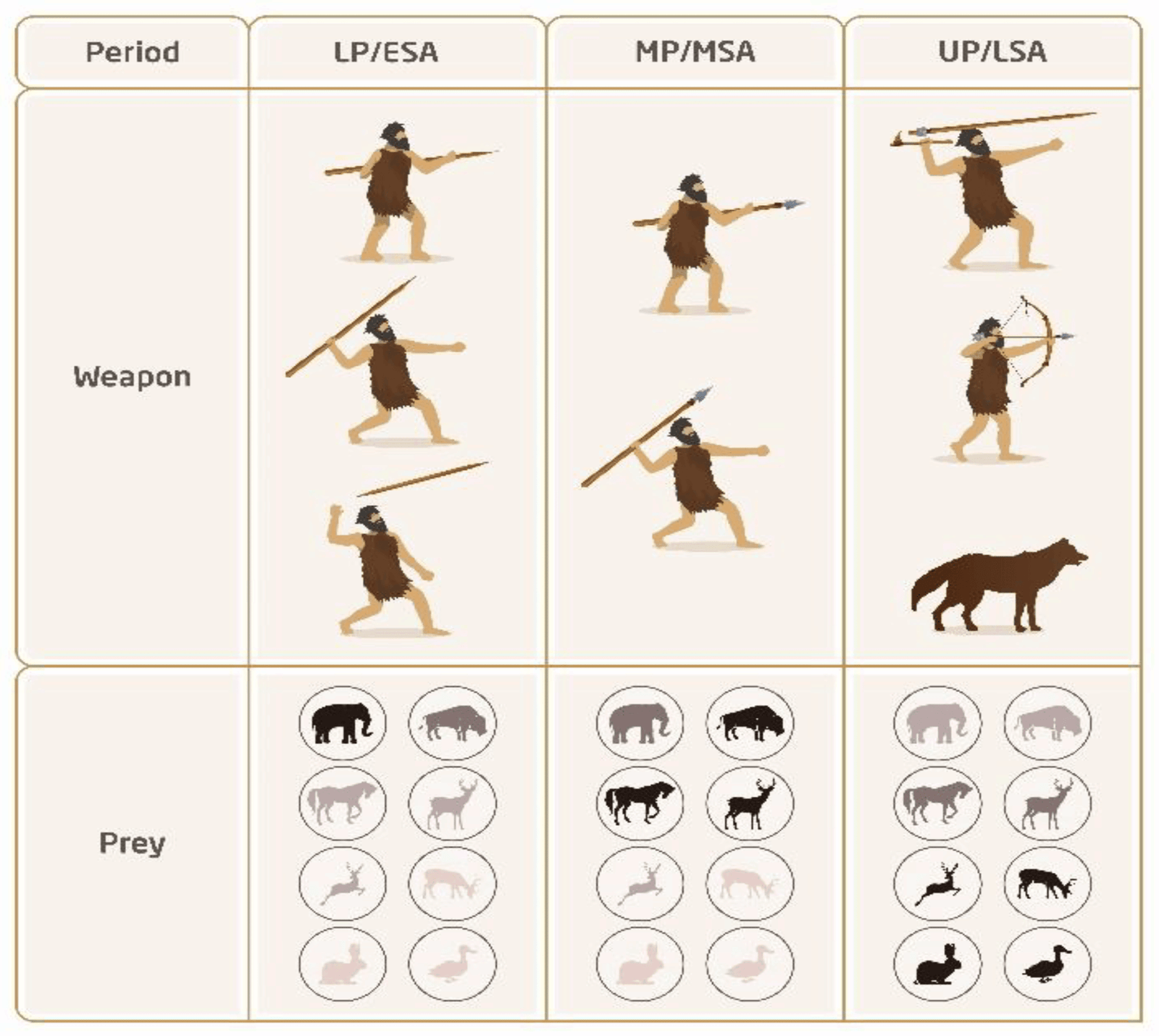
Modern genetic technology has revolutionized our understanding of these ancient Asian humans. Scientists can now extract DNA from fossils tens of thousands of years old, revealing relationships between species that fossils alone couldn’t show. This genetic detective work has uncovered interbreeding events, migration patterns, and even details about what these ancient people looked like. It’s like having a time machine that can peer into the past and read the stories written in our genes. Every new DNA sample adds another piece to the puzzle of human evolution in Asia.
Living Legacies: How Ancient Genes Help Modern Humans
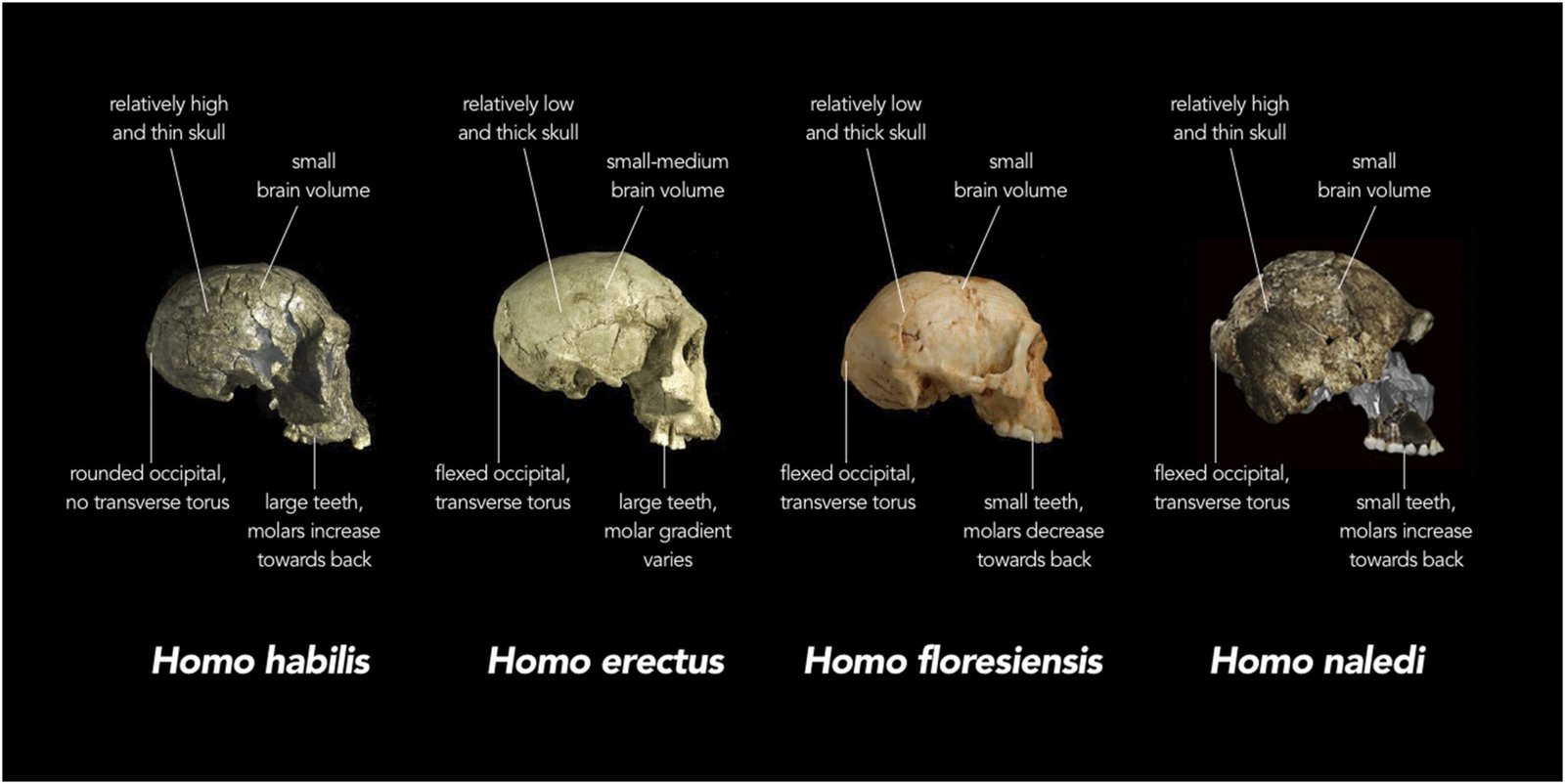
The genes inherited from our ancient Asian cousins aren’t just evolutionary curiosities – they’re still helping people today. Tibetans inherited genes from Denisovans that help them survive at high altitudes where oxygen is thin. Some Southeast Asian populations carry genetic variants that protect against malaria and other tropical diseases. Even immune system genes from Neanderthals help modern humans fight off infections. These ancient contributions show that our extinct cousins are still with us, invisibly helping their descendants thrive in challenging environments.
Recent Discoveries: New Cousins Still Being Found
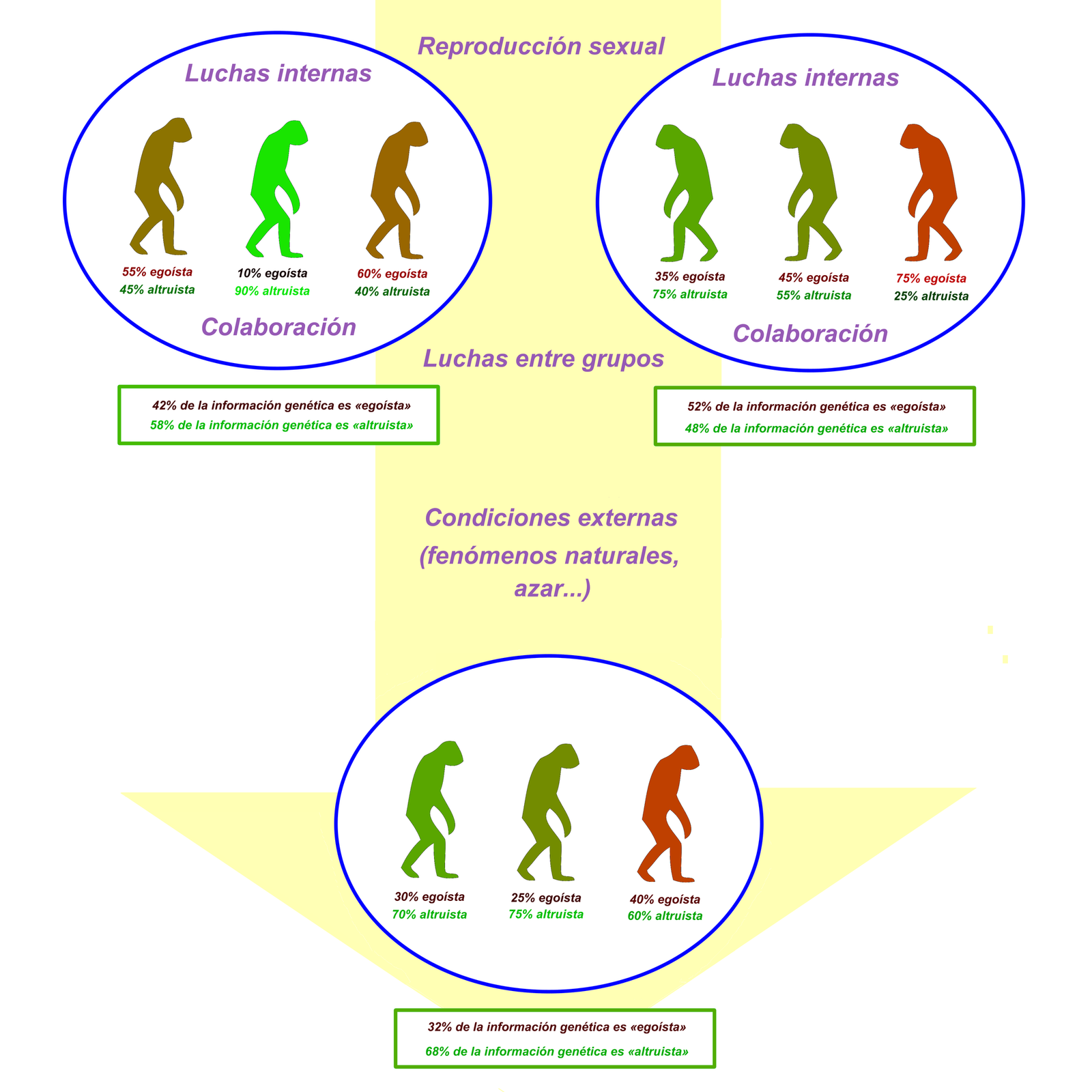
The story of Asian human evolution is far from over. New species are still being discovered regularly, each one adding complexity to our family tree. Advanced dating techniques are revealing that some species survived much longer than we thought, while others are older than previously believed. Genetic studies are uncovering “ghost populations” that left no fossils but contributed DNA to modern humans. It’s like archaeologists are constantly finding new relatives we never knew existed. Each discovery forces scientists to redraw the map of human evolution, making it more complex and fascinating than ever before.
The Asian Advantage: Why This Continent Was Special

Asia’s unique geography and climate made it the perfect place for human evolution to experiment with different forms. The continent’s vast size provided isolated pockets where small populations could develop in their own directions. Mountain ranges, deserts, and seas created natural barriers that allowed species to evolve separately. At the same time, river valleys and coastal routes provided corridors for migration and mixing. This combination of isolation and connection created a natural laboratory where evolution could try out different human designs. The result was an incredible diversity of human forms that we’re only beginning to understand.
Rewriting Human History: What These Discoveries Mean

The discovery of Asia’s forgotten human cousins has completely changed how we think about human evolution. Instead of a simple linear progression from primitive to modern, we now see a complex web of different species that coexisted, competed, and collaborated. This new understanding shows that being human isn’t about one perfect design – it’s about adaptation, creativity, and survival in the face of incredible challenges. Our ancient Asian cousins remind us that human evolution was a team effort, with each species contributing something unique to the story of what it means to be human.
Future Frontiers: What Discoveries Await
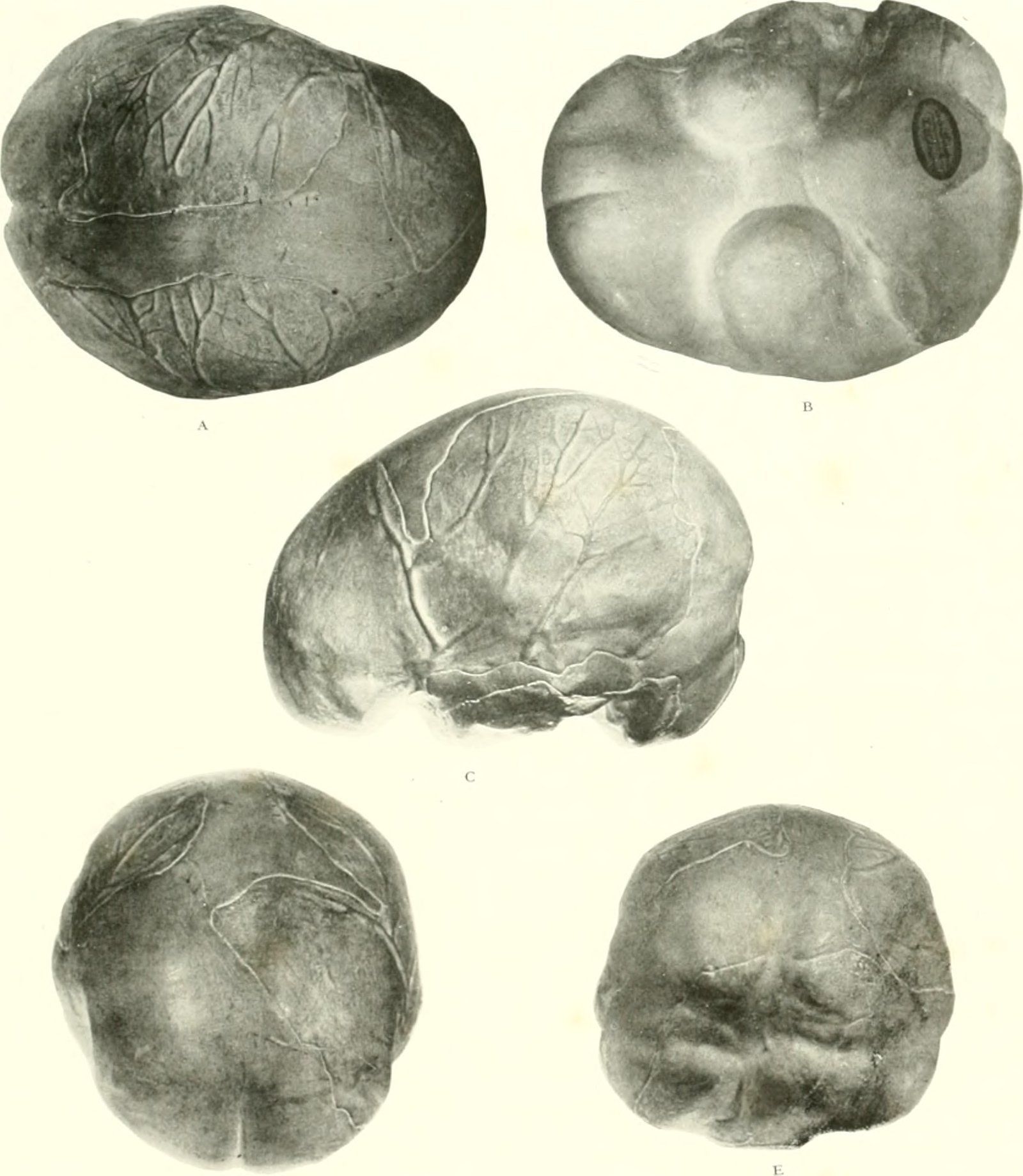
Scientists are convinced that we’ve only scratched the surface of Asia’s human diversity. Vast regions remain unexplored, and new technologies are constantly revealing hidden details in existing fossils. Underwater archaeology is beginning to explore now-submerged coastlines where ancient humans lived. Genetic studies are becoming so sophisticated that they can detect interbreeding events that happened hundreds of thousands of years ago. The next decade will likely bring discoveries that will once again revolutionize our understanding of human evolution in Asia. Who knows what other cousins are waiting to be found?
Looking back at the incredible diversity of human species that once called Asia home, it’s hard not to feel a sense of awe mixed with loss. These weren’t failed experiments or evolutionary dead ends – they were our family, each perfectly adapted to their own corner of this vast continent. Their innovations, artworks, and genetic contributions continue to influence millions of people today. Perhaps most importantly, they remind us that human success has always been about diversity, adaptation, and the courage to explore new frontiers. What other secrets about our shared human story are still waiting to be discovered beneath Asian soil?


